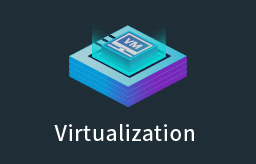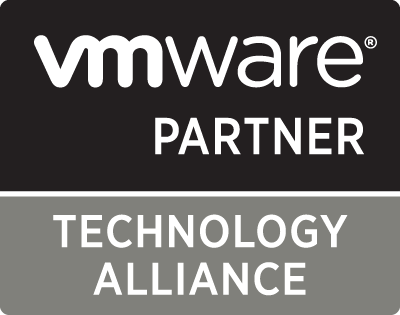XenServer has been one of the most commonly used virtual platforms, and its installation can be based directly on hypervisors, so the virtual servers can bring high performance to users.
Before doing anything on XenServer, it's important to get a quick overview of the XenServer storage architecture since it's where all the critical data is saved, and knowing some basic concepts can be much helpful later when XenServer VM virtual disk adding is needed. So, today I'd like to talk something about the three main storage types of XenServer: SR, VDI and VBD.
What is SR?
Storage Repository (SR) is a container which is defined to describe a specific storage target for storing virtual disk images (VDI). SR has built-in support for locally connected IDE, SATA, SCSI and SAS drives and remotely connected iSCSI, NFS, SAS and Fibre Channel, making it very flexible.
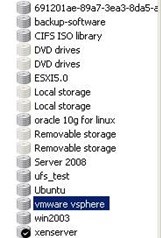
It’s not hard to tell from the picture that SR is actually a storage warehouse, with many ISO files saved in it. You can use these ISO files to store things, for example, the “vmware vsphere” and “Ubuntu” SRs, or use it as a warehouse to store VM files, like the “xenserver” SR.
What is VDI?
According to the explanation from Citrix, Virtual Disk Image (VDI) is a piece of an SR which carved out to be a virtual disk for a VM, and it contains in the SR.


We can see that VDI is the ISO files and VM hard disk files inside the SR.
What is VBD?
Virtual Block Devices (VBD) are connector objects and can be used to map between VDI and VM. VBD can also be used to fine-tune related parameters of a given VDI including QoS (Quality of Service), statistics, and steerability.
The VDI mentioned above is just some ISO files or hard disk files of virtual machines. These files are of no value if they are put together separately. As described, VBD is used for the mapping between VDI and VM. Without this layer of mapping, VDI is also meaningless anyway.
The main structure of XenServer SR is mostly based on linux lvm, and each vdi in SR is equivalent to a lv in lvm, and building lvm can enable management based on the partition table of traditional MBR or the partition table of GPT.
XenServer SR plays a very important role since the installation and recovery of the host VM all rely on the data saved in it. However, have you ever thought of the question that it could be damaged due to different reasons? For example:
1. SR cannot be recognized and all virtual disks (vdi) are lost
2. VDI in SR reports an error when accessing
3. VDI is deleted or lost
4. Snapshot is deleted or lost
5. SR is initialized
6. The LVM structure where SR is located is damaged
7. The PV partition table to which the SR belongs is damaged
Without a proper XenServer backup solution the data loss can be severe, or else you can get quite annoyed with the complex data recovery configuration by typing commands line by line. With Vinchin Backup & Recovery, complete XenServer protection can be easily achieved.
The Vinchin Solution for XenServer
Automated & Agentless XenServer VM Backup
By fully utilizing image-based backup technology, Vinchin provides automated and agentless XenServer backup strategy to quickly back up data saved in the storage depository without any complex configuration required, and all highly available backups will perform as a reliable source in the XenServer VM recovery process.
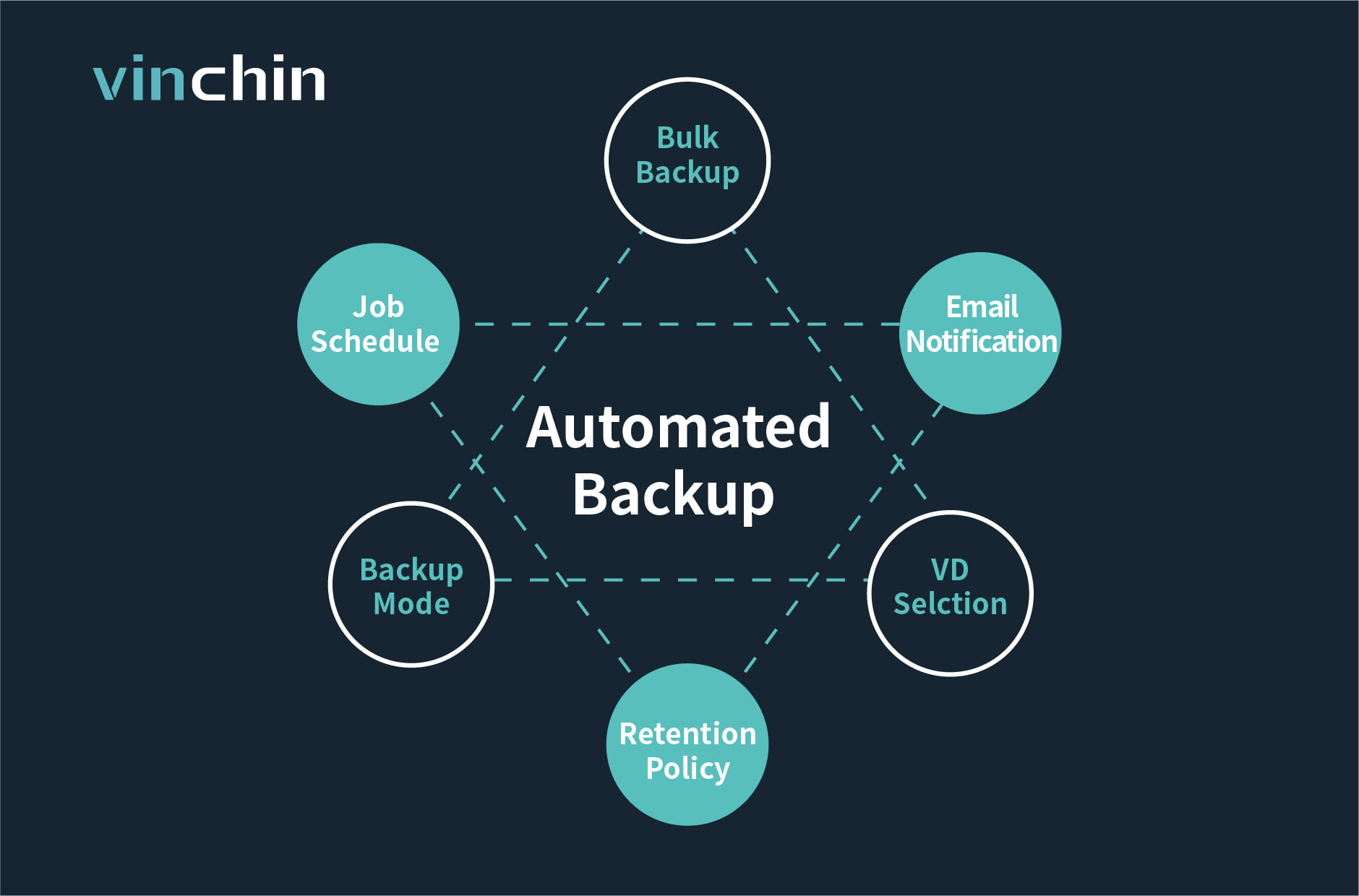
Instant XenServer VM Recovery
Vinchin provides instant recovery for XenServer users to instantly recover a damaged XenServer VM in 15 seconds by mounting the backup storage to a production host via NFS. A new virtual disk image will be virtualized based on the original backup file and be shared with the newly created XenServer VM in the production host via NFS.
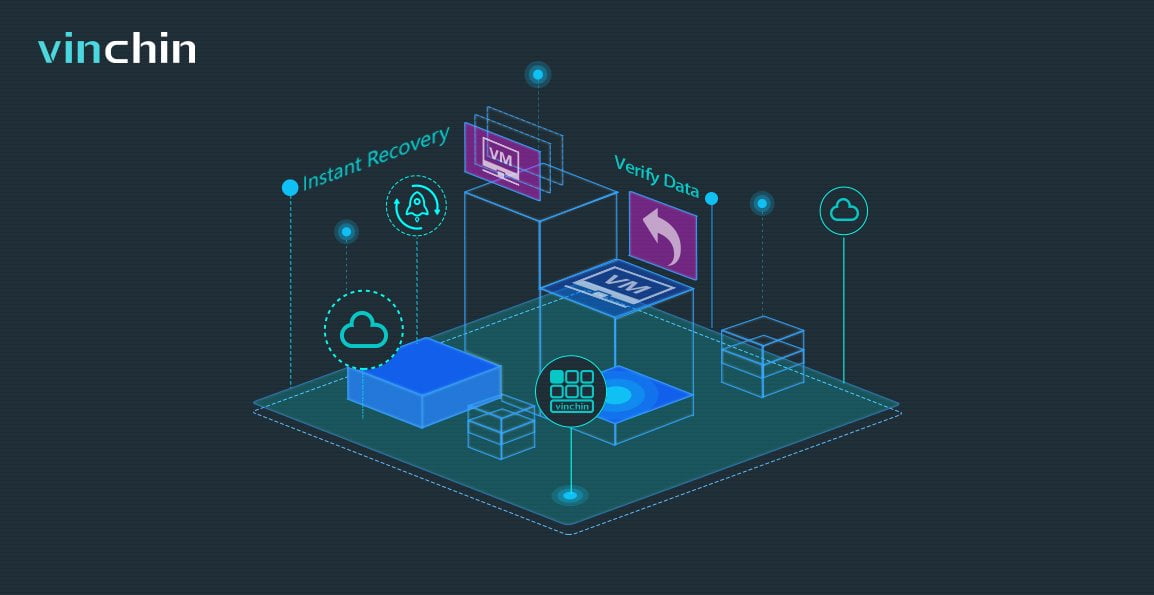
Backing your XenServer VM up in advance before any possible SR data losses caused by internal system failure. It can be the best scheme to ensure your critical workloads on XenServer always highly available and recoverable. Discover more about the Vinchin Solution for XenServer Backup & Recovery to unlock the key of effective XenServer protection.
Share on:





